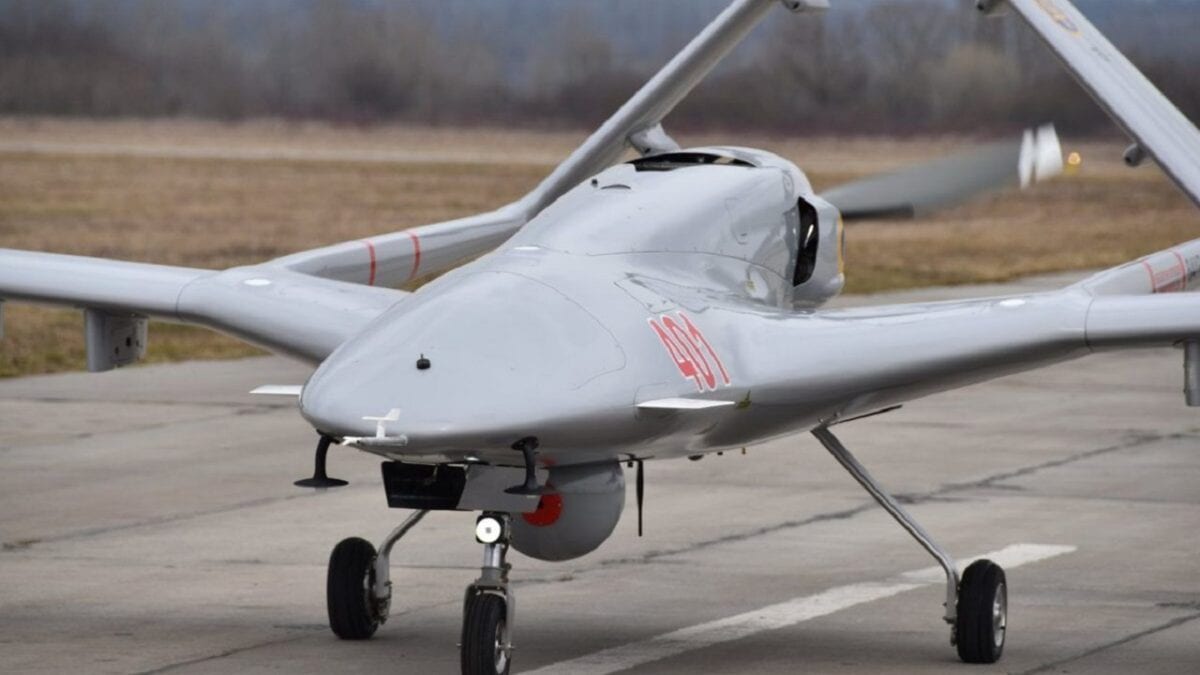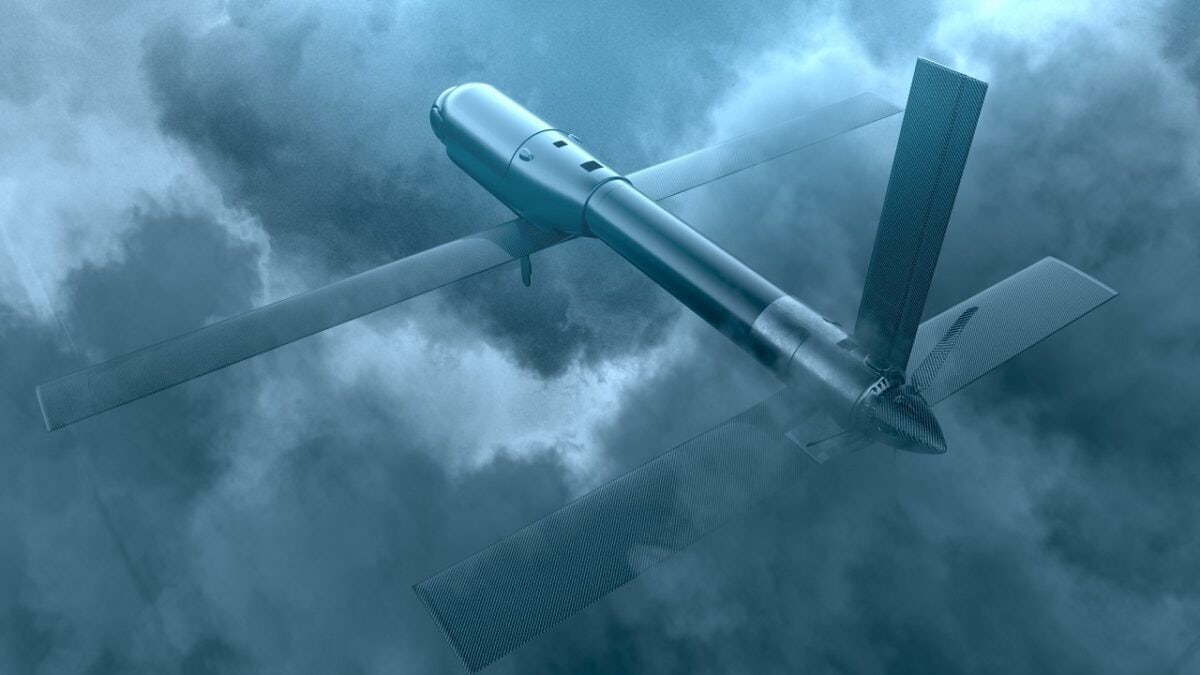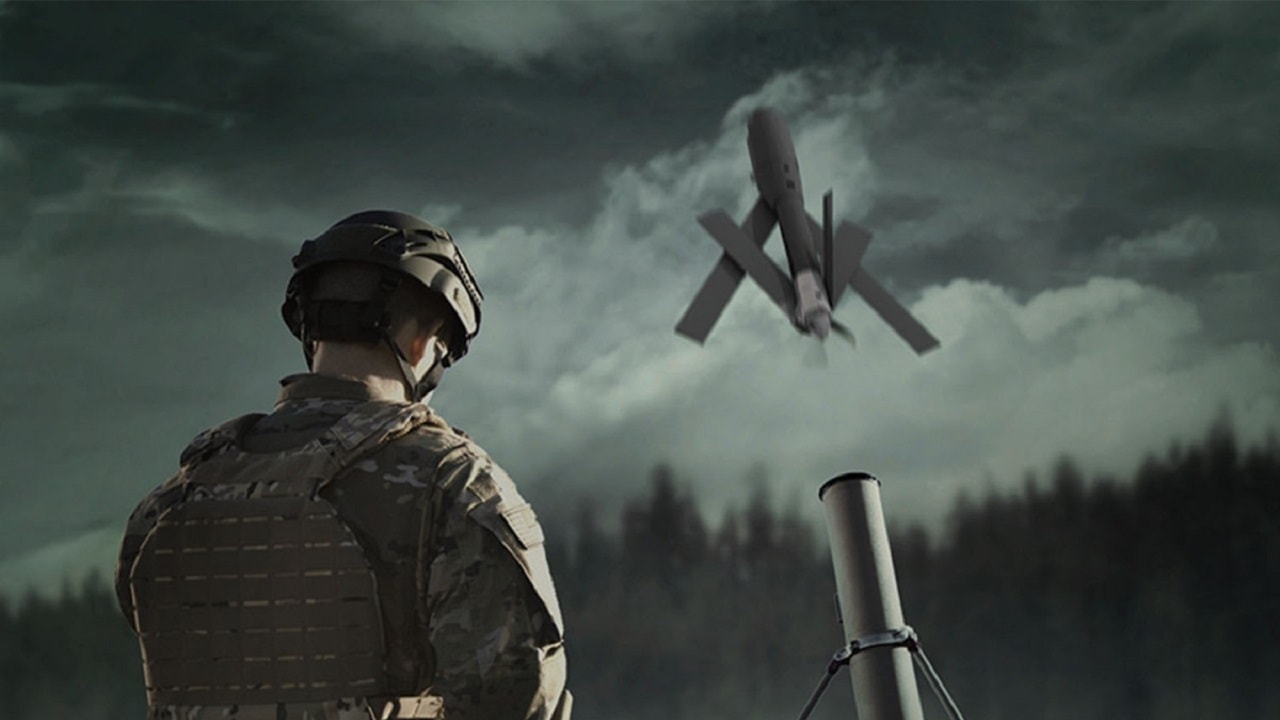Drones In Ukraine Surprisingly Making A Difference Against Russia: At the time of the Russian invasion on February 24, the Ukrainians had few TB2 Turkish-made drones and it was expected that the Russian air defenses would sweep them quickly from the skies. That, like other intelligence, was off the mark.
Drones have been invaluable for the Ukrainian military, and they’ve played an important role in slowing the Russian advance and pinpointing targets for artillery fire as well as providing close air support. The question is, do they have enough to win the war?
Just before the Russian invasion started, Russian-backed separatists in “the Donetsk People’s Republic” in a deception operation, claimed to have shot down a Ukrainian drone with Nazi markings on it. This and several other incidents were conducted by Russia to show that Ukraine was the aggressor and that the invasion was justified.
Once the war began, Ukraine had only about 20 of the Bayraktar TB2 UAVs, but they were quickly performing much more effectively than their small number would suggest. They were used very effectively against Russian armored columns that, due to a mild winter were road-bound and easy targets for the drones overflying the columns.
With the slow, lumbering speed (cruising speed of about 80 mph), the TB2s were considered easy pickings for Russian air defense units. But that hasn’t happened, which has been a major surprise to military analysts.
Why Have the Ukrainian UAVs Been So Effective?
Lauren Kahn, a drone expert for the Council of Foreign Relations said, “Even with the drones’ record of success, everyone expected that, once they really faced the full gamut of Russian defenses, they would stand no chance.”
She added that the continued success of the drones “is really raising questions about the Russians’ capabilities.”
In fact, the opposite has been in effect. The Ukrainian air defenses have been more effective at shooting down Russian aircraft than the Russians have been at bringing down Ukrainian manned and unmanned aircraft. Part of the reason for this was the Russian’s overconfidence which bordered on arrogance in their superiority.
The Russians believed that the war would be over in short order and that their forces would quickly sweep the Ukrainians aside. Therefore, they foolishly didn’t bring many air assets to bear. Once they began to bog down due to much stiffer Ukrainian resistance, they tried to bring their air defense units and logistical support up on roads that were jammed packed with vehicles. They proved to be easy pickings for Ukrainian drones that took many of them out before they could be used by Russian front-line units.
There have been reports that the Ukrainians used a TB2 drone as a decoy that helped them sink the Russian cruiser Moskva in the Black Sea. It appears that the TB2 was used as a spotter to help target the Moskva with Neptune anti-ship missiles.
Both sides are also using commercial off-the-shelf drones for use in surveillance and intelligence gathering.
Most Commonly Used Drones:
Bayraktar TB2 Drone – The Turkish-made drone has surprised military analysts with the effectiveness it has displayed on the battlefield. The TB2 is most effective against unarmored vehicles, enemy troop concentrations, and tanks.

Bayraktar TB2 Drone of the Ukrainian Air Force.
Length – 21 feet
Wingspan -39 feet
Communication Range<300 km (186 miles)
Cruising Speed – 80 mph
Armament – 4 Laser Guided Smart Ammunition missiles
Endurance – 27 Hours
Operational – Maximum Altitude – 18.000 feet – 25.000 feet
Switchblade 300/600 –
The small armed drone can be carried by a soldier in a rucksack, quickly set up and launched, and gives the front-line infantry troops a kamikaze-type of loitering munition that can take out troops, and with the 600, armored vehicles. While the warhead is small, it is effective and over 4,000 were used by Special Operations Forces against ISIS.
Operational range – 6.2 miles or 15 min (Switchblade 300)
25 miles or 40 min (Switchblade 600)
Flight ceiling – 15,000 ft
Flight altitude – 500 ft
Maximum cruising speed – 300: 63 mph Model 600: 70 mph

Switchblade drone. Image Credit: Industry handout.
Phoenix Ghost Tactical Unmanned Aerial Systems –
This US Air Force designed and developed UAV is part of the new $800 million dollar aid package that is going to Ukraine. There are expected to be more than 121 drones included in the aid package and are produced by AEVEX Aerospace.
Not much is known right now about the capabilities of the Phoenix Ghost in terms of capabilities and specifications but it is believed to be similar to the Switchblade kamikaze-type of drone.
Initially, the drone was reported to have been “developed by the Air Force in response, specifically, to Ukrainian requirements.” However, Pentagon Press Secretary John Kirby denied that theory, stating that the Phoenix Ghost was “developed before” Russia’s invasion of Ukraine.
“It was developed for a set of requirements that very closely match what the Ukrainians need right now in Donbas,” he said.
The Phoenix Ghost is “designed for tactical operations,” Kirby said. “In other words, largely but not exclusively to attack targets. It, like almost all unmanned aerial systems, of course, has optics. So it can also be used to give you a sight picture of what it’s seeing, of course, but its principal focus is to attack.”
Steve Balestrieri is a 1945 National Security Columnist. He has served as a US Army Special Forces NCO and Warrant Officer before injuries forced his early separation. In addition to writing for 19fortyfive.com, he has covered the NFL for PatsFans.com for more than 10 years and his work was regularly featured in the Millbury-Sutton Chronicle and Grafton News newspapers in Massachusetts.

